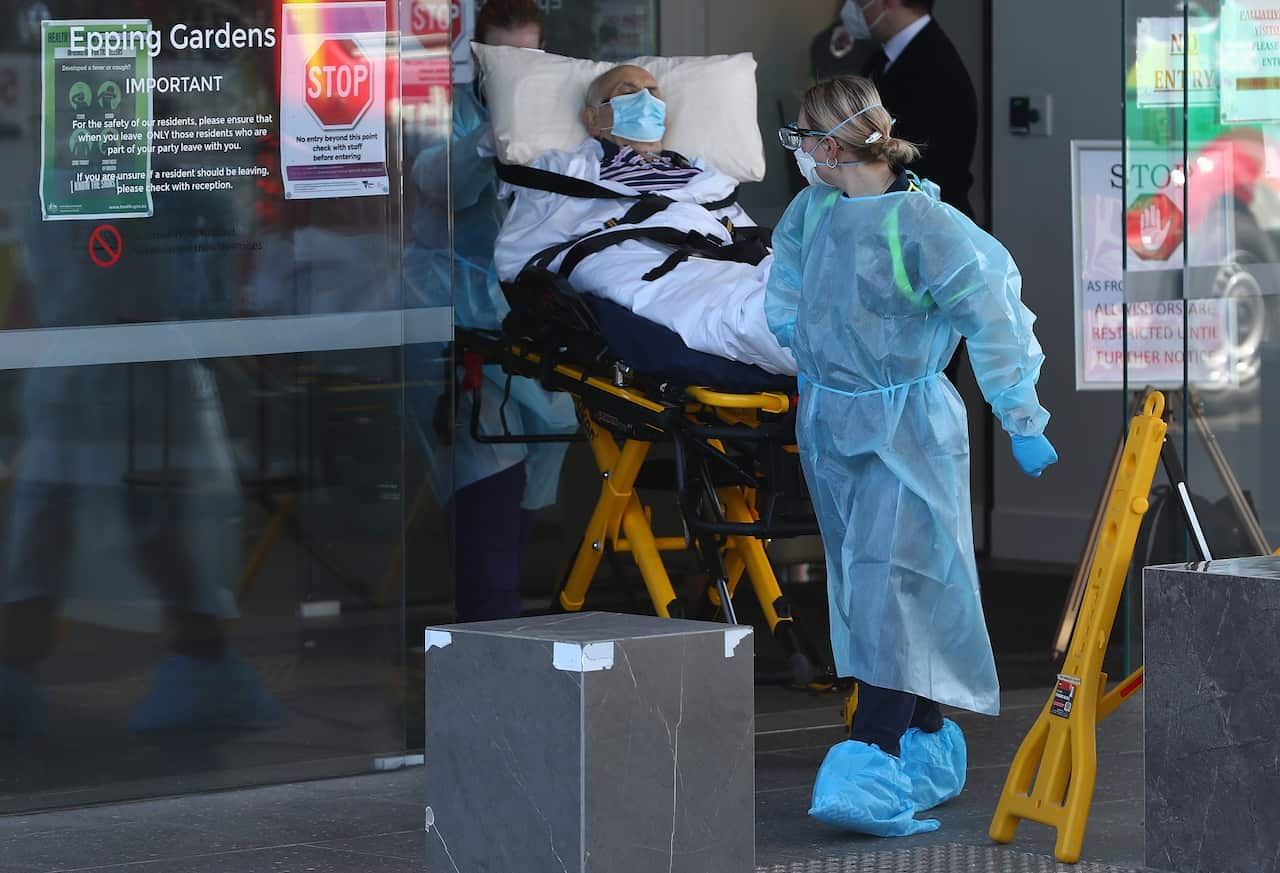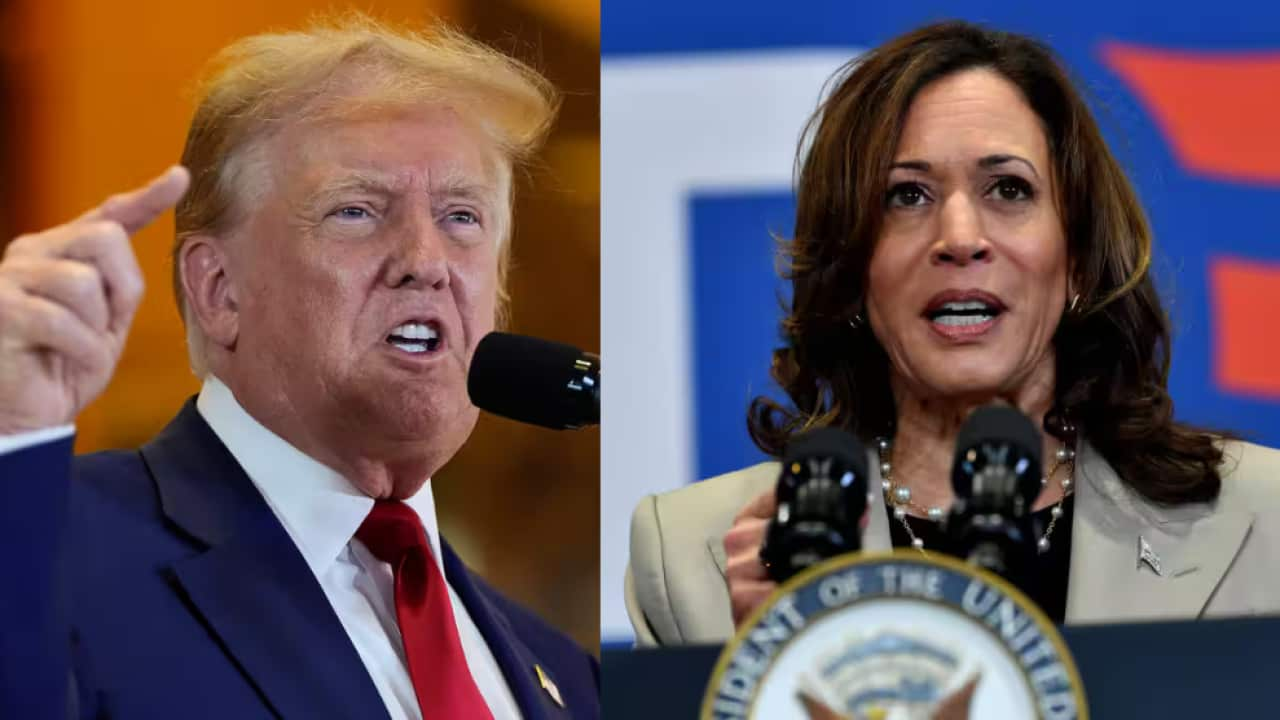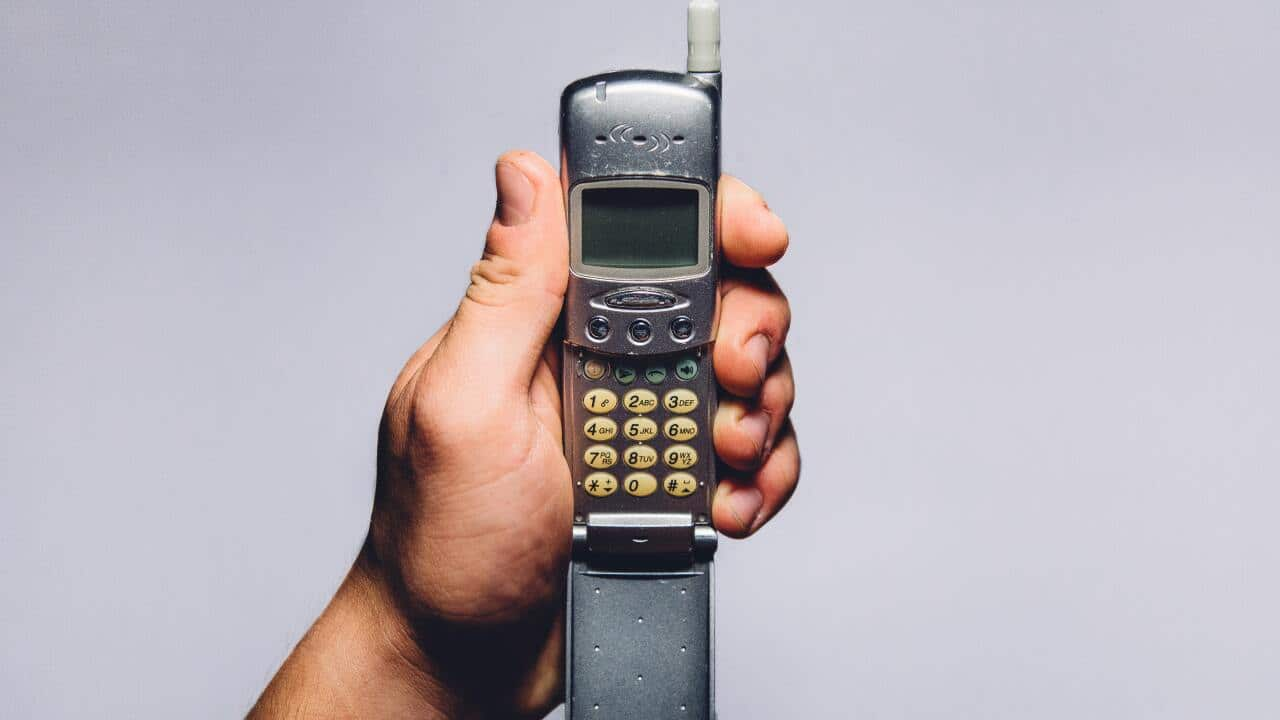The call comes as Melburnians adapt to life under the strictest lockdown measures yet, which came into effect on August 2.
A daily curfew from 8pm to 5am was introduced as part of the measures, and offices and most schools were closed.
For Dr Alex Cho*, a surgeon working on the frontline at a hospital in Melbourne’s southeast, told SBS Mandarin the fight against the coronavirus is at a critical stage.
Since June 4, Victoria has recorded triple-digit daily increases in coronavirus cases and the state's death toll has climbed as a result.
“This is a war that we cannot afford to lose,” said Dr Cho, who wished to hide his identity.
“All the measures are in place. We won’t have a second chance. it’s getting busier and busier every day in the hospital.” He believes that the government of Premier Daniel Andrews should've acted sooner to introduce Stage 4 restrictions.
He believes that the government of Premier Daniel Andrews should've acted sooner to introduce Stage 4 restrictions.

Victorian Police begin patrols at 8pm on August 2, 2020 in Melbourne, Australia. Source: Getty Images
“It may cost 10 lives for each one-day delay of Stage 4 restrictions,” he said.
Dr Cho points to recommendations from the Australian Medical Association (AMA) in July calling for the state to move to Stage 4 restrictions.
On July 18, AMA President Dr Tony Bartone told the Today Show that the continuing high rates of community transmission of COVID-19 in Victoria were "alarming" and pointed to the urgent need for Stage 4 lockdown measures.
It wasn't until August 2 that the premier imposed the restrictions after announcing a .
“If the government had followed the suggestion from AMA, we could have handled it better this time even more than we did in the first wave," Dr Cho said.
The doctor said it was "regrettable" that there were some members of society, in Australia and abroad, who were objecting to the enforcement of coronavirus prevention measures.
“Among human rights, the economy and life, we can only choose two of the three.
“If we choose human rights and the economy, the United States will be the most direct example [of what can happen]. If we give up part of the human rights to save lives, we are taking the way China is taking.
“We have another option to follow New Zealand with the most extreme measures at the very beginning.”
Stage 4 measures were enforced in New Zealand on March 25, which lasted just over four weeks. The measures included closing schools and all businesses except for essential services such as supermarkets, chemists, and medical facilities.
In comparison, Dr Cho expressed disappointment at some of the "compromises" during the lockdown in Victoria, including allowing construction projects to continue.
“The union has posed great pressure to the state government, therefore there is very little limit to the construction sites.”
From Friday at midnight, announced.
Small-scale construction will be limited to a maximum of five people onsite.
“I understand that the government makes a decision while considering political and economic influences, but at the end of the day, this is a decision of public health," Dr Cho said.
The doctor’s greatest concern is that as Victoria is the epicentre of the virus in Australia, the state runs the risk of turning into the US if it continues “swaying between different political forces”.
Victoria’s second wave of cases has seen clusters appear in aged care and health facilities.
There are currently more than 1,000 cases linked to healthcare workers in the state.
“I know that there are five Victorian doctors that are now on ventilators. I do know some of my friends and colleagues had tested positive," he said.
“I’m concerned about myself, too, that I might give this to my family while being asymptomatic.”
Being a surgeon, Dr Cho said he’s not left with many choices when it comes to treating patients. He recalls a recent situation where a patient appeared with abdominal pain and a fever.
"Although [the patient's] symptoms did not exactly match that of COVID-19, we cannot simply rule it out without a COVID-19 test. It is very likely that the patient has both—the coronavirus infection plus abdominal pain or intestinal infection."
Dr Cho and his colleagues had no choice but to don their personal protective equipment and perform surgery on the patient.
"The situation of this patient was really an emergency. We don’t have time to get fully prepared, and this is very scary.” Dr Cho believes that although a lot of resources had been prepared, and training had been provided to workers, it’s hard to say that the Australian healthcare system is completely prepared for what may come.
Dr Cho believes that although a lot of resources had been prepared, and training had been provided to workers, it’s hard to say that the Australian healthcare system is completely prepared for what may come.

A resident is taken from the Epping Hardens Aged Care Home on July 29, 2020 in Melbourne. Source: Getty Images AsiaPac
"If there is one confirmed case, the entire [hospital surgery] department will have to close,” he said, affirming that such a measure could mean that medical services that usually cater to around 500,000 to 800,000 people in the Greater Melbourne area could be impacted.
During the second wave of the pandemic, surgical staff in Dr Cho's hospital were divided into two groups and worked according to a rotating roster.
It meant that if there was an infection in one group, the other group would take over.
He’s calling on all Melburnians to abide by the Stage 4 restrictions.
"I hope everyone can understand that this is a war we cannot lose.
"If there are still many people breaching the regulations at this particular time, hanging outside regardless of the risks, more and more people would die as a consequence."
*Not his real name
Metropolitan Melbourne residents are subject to Stage 4 restrictions and must comply with a curfew between the hours of 8pm and 5am. During the curfew, people in Melbourne can only leave their house for work, and essential health, care or safety reasons.
Between 5am and 8pm, people in Melbourne can leave the home for exercise, to shop for necessary goods and services, for work, for health care, or to care for a sick or elderly relative. The full list of restrictions .
All Victorians must wear a face covering when they leave home, no matter where they live.
People in Australia must stay at least 1.5 metres away from others. Check your state’s restrictions on gathering limits. If you are experiencing cold or flu symptoms, stay home and arrange a test by calling your doctor or contact the Coronavirus Health Information Hotline on 1800 020 080.






